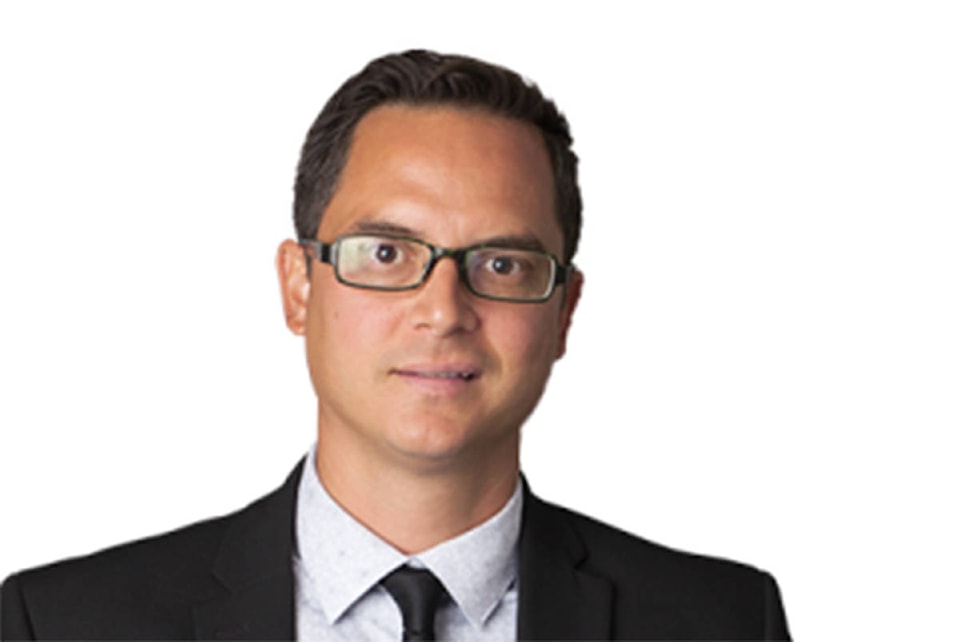A Red Deer lawyer fighting to have international prosecutors investigate Canada’s residential school system believes the continuing discovery of children’s remains will open Canadians’ eyes to the scale of the tragedy.
The Lower Kootenay Band in British Columbia says a search using ground-penetrating radar has found 182 human remains in unmarked graves at a site close to a former residential school, St. Eugene’s Mission School.
Andrew Phypers is from the Lower Kootenay Band and his mother, Eleanor George, attended St. Eugene’s, which is near Cranbrook, for several years in the late 1960s when she was child. George never spoke of her experiences until she was in her 50s.
The school was operated by the Catholic Church from 1912 until the early 1970s.
“The news about all these unmarked graves and the scope and size and number of how many unmarked graves there are across Canada seems to be enlightening the public as to the atrocities that occurred,” said Phypers on Wednesday.
“It is informing the mainstream a lot more about the level of atrocities that were suffered by the Indigenous people in Canada. It is stimulating a conversation in the public that needs to occur.”
Phypers and his sister, Laura Phypers, also a Red Deer lawyer, have signed a letter along with dozens of other attorneys asking the international court’s prosecutors to undertake a preliminary examination of the circumstances that led to the discovery of 215 unmarked graves for Indigenous children who attended the Kamloops Indian Residential School.
Since the letter was written, Cowessess First Nation last week said ground-penetrating radar had detected 751 unmarked graves at the former Marieval Indian Residential School east of Regina.
Phypers said the recent discoveries are just the beginning.
“I think we’re just scratching the surface with respect to the scope of it,” he said. “And I think we’re just scratching the surface as to what happened to have all these individuals in graves and the story is going to unfold.”
The number of youngsters from B.C. bands who attended residential schools was relatively small compared with some in the Prairies, he said.
“By the time all the schools and locations are searched I expect there will be thousands (of graves).”
The Lower Kootenay Band said the remains were found in unmarked graves, some as shallow as 90 centimetres to 1.2 metres.
It is believed the remains are those of people from the bands of the Ktunaxa Nation, which includes the Lower Kootenay Band, aqam and other neighbouring First Nation communities.
Phypers said rumours about the presence of graves had long circulated among band members and he believes his mother, who is from the Ktunaxa Nation, will not be surprised.
“Now, of course, it’s been revealed and it’s pretty shocking.”
The discovery of the graves makes the Phypers and other lawyers more determined than ever to request the international court look into the residential school system and see if it meets the criteria for launching an investigation under the Crimes Against Humanity and War Crimes Act.
“We’re more resolute than ever to see it through and do everything we can in our capacity to see an independent investigation.”
The Lower Kootenay band says it is in the early stages of receiving information from the reports on what has been found, and it is asking for the public to respect its privacy.
— With files from The Canadian Press
